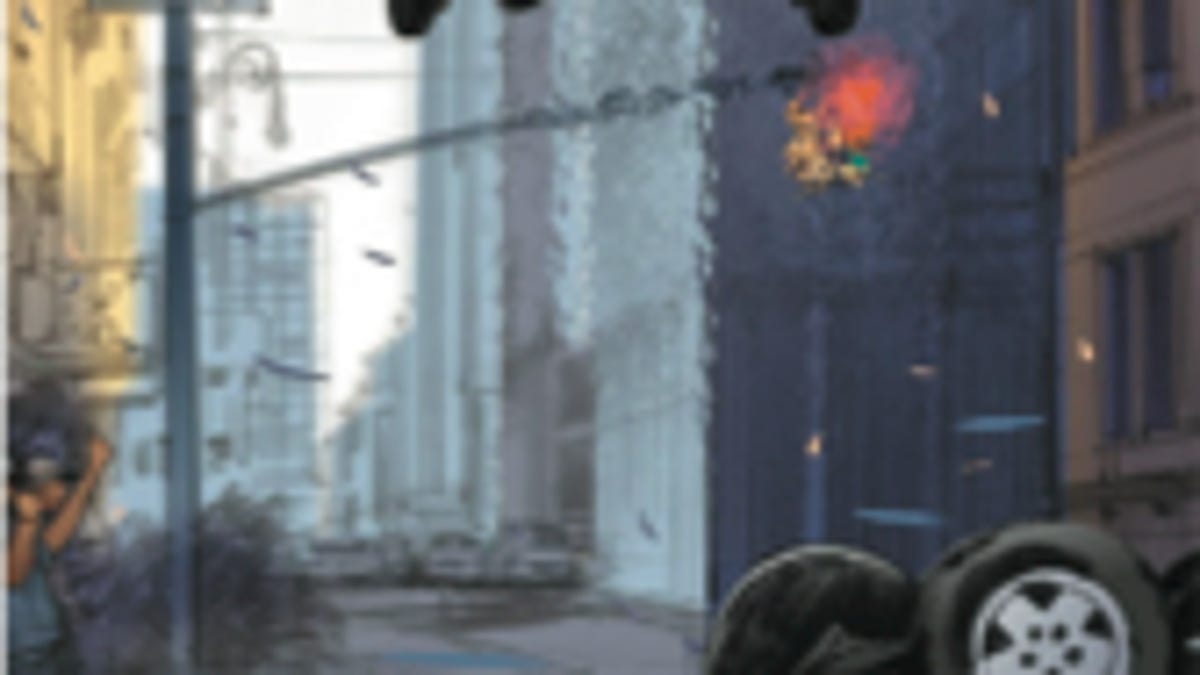Flight of the Panda
Israeli company test flights "rotorless" UAV prototype.

An Israeli company has conducted the first in a series of test flights on the Panda, a new ducted-fan, unmanned aerial vehicle prototype that looks kind of like a flying stretcher, bringing us closer to what could be the ultimate medivac.
The company, Urban Aeronautics, already produces the Mule UAV and the X-Hawk, larger versions that can be configured for front-line resupply, medical evacuation, utility maintenance, taxi, high-rise rescue, and probably window cleaning. (See video)
The technology is based on the "classic ducted designed pioneered in the early 1960s," as the company Web site points out. This model relies on two electric motors and can carry about 3 pounds in payload, enough to deliver an organ for transplant. However, the company's patented quiet, "rotorless" Fancraft technology promises to eliminate the safety hazards associated with helicopters. And the fact that it can maintain a stable hover next to walls, slopes, electrical wires and the like and that it's able to land safely in tight spots could mean you may soon have something to drive in that hereto now neglected space between the roofs and the road. Now, if it could just run on solar.